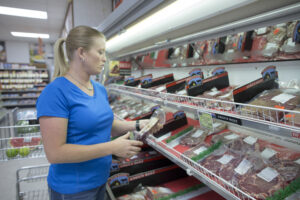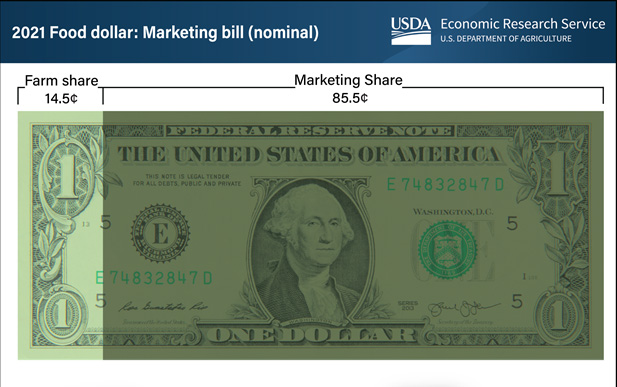Growing up working in my parents’ grocery store and helping out on my grandparents’ farm led me to a lifelong obsession with high quality food. As a farmer, my family and I take pride in growing healthy foods now and look forward to doing so in the future.
Our family is the sixth generation growing food on our farm near Albion, Nebraska. My husband, Brian, and I, his parents, and our five children get to call this land home. We raise beef cattle, hogs, sheep, corn, soybeans, and alfalfa. I volunteer for CommonGround Nebraska because I love to tell the story of how we grow food.
While I love quality foods, raising five kids means eating right can be challenging! In a perfect world, I would meal plan, but it’s really all about the weekly grocery ad. I’m always on the hunt for quality products at affordable prices so I can prepare nutritious meals for my family. Food matters to me because mealtime is when we have good family conversations and create memories.
As a CommonGround volunteer, I often receive questions from consumers regarding food prices. Being a farmer and the daughter of grocery store owners, I have a unique perspective into how prices are determined once food products hit the shelves.
Here are some of the questions I am often asked.
Q: Why are food prices so high?
A: As a farmer, we work hard to make sure that we are always providing safe, healthy food. For each step of farm-to-fork, there are costs associated with growing food. These costs on the farm are considered input costs. Some of the highest input costs include labor, seed, feed and technology. When our input costs go up, so do the costs all the way through the food system. The price of fuel is a simple example. We put fuel in our tractors to plant corn and to pull the feed wagon to feed the cattle, and fuel prices are always changing. Farmers are price takers, and sometimes our input price may go up; but the price we receive may go down. There isn’t always a perfect correlation between what the farmer is paid and what you pay at the grocery store. According to the USDA, the farmer receives 14 cents of every dollar spent on food.

